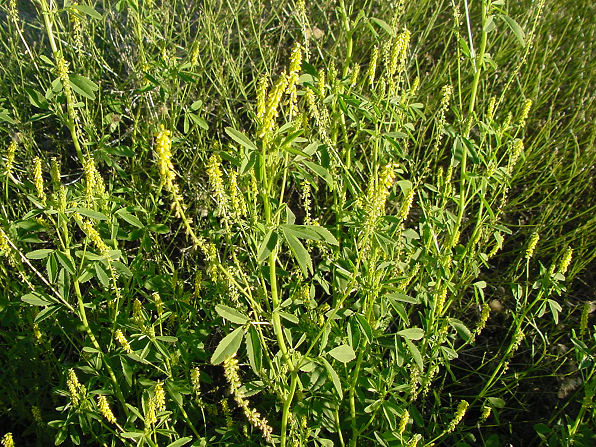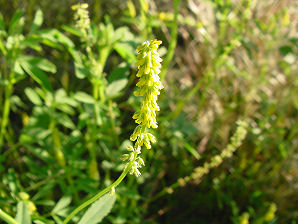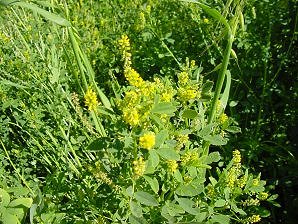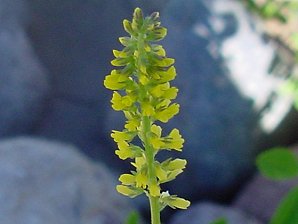Arizona Wild Flowers
Pictures, Photos, Images
Descriptions, Information, Reviews.
Annual Yellow Sweetclover, Melilotus indicus.
We Are Proud Of Our SafeSurf Rating!
 |
| Annual Yellow Sweetclover, Melilotus indicus. March 29, 2003. In Glendale, Arizona. |
|---|
 |  |
| Annual Yellow Sweetclover. Melilotus indicus. | Annual Yellow Sweetclover. Melilotus indicus. |
|---|---|
 |  |
| Melilotus indicus. | Annual Yellow Sweet Clover. |
Annual Yellow Sweetclover.
We wish to thank Wikipedia, the free encyclopedia for some of the information on this page. We share images and information with Wikipedia. Melilotus indicus, sometimes incorrectly written Melilotus indica, is a yellow-flowered herb native to northern Africa, Europe and Asia, but naturalized throughout the rest of the world. Common names in English include sweet clover (or sweet-clover), sour clover (sour-clover, sourclover), Indian sweet-clover, annual yellow sweetclover, small-flowered sweet clover, small-flowered melilot and small melilot. In Australia and New Zealand, where it is naturalised, it is sometimes called King Island melilot. It is used as a source of nectar for bees, as forage, and as a soil improver. It is also used in folk medicine.
Quick Notes:
Height: Up to about 12 - 36 inches. Spreading out to about 2 - 3 foot wide.
Flowers: Yellow flowers are found on a spike-like raceme which is approximately � to 2 inches long..
Flowering Time: February - March.
Leaves: Leaves are trifoliate and serrated and can each be � to 3/4 inches long.
Found: Native to northern Africa, Europe and Asia.
Hardiness:
Soil pH requirements:
Sun Exposure:
Elevation: 0 - 4,900 Feet.
Habitat: Alkaline, well-drained/light soils. Washes in the desert environs, Irrigated fields, moist fallow fields, roadsides. Found throughout lower elevations in Arizona.
Miscellaneous: Flowering Photos Taken March 29, 2003. Glendale, Arizona.
|
We Are Proud Of Our SafeSurf Rating!
We Are Proud Of Our SafeSurf Rating!
Here Are Some Links To The Very Best & Most Popular Items Sold On Amazon.Com
To Learn More! Click The Links Below. No Obligation, Of Course!
| © 1966 - Present, Audrey, Eve, & George DeLange |
